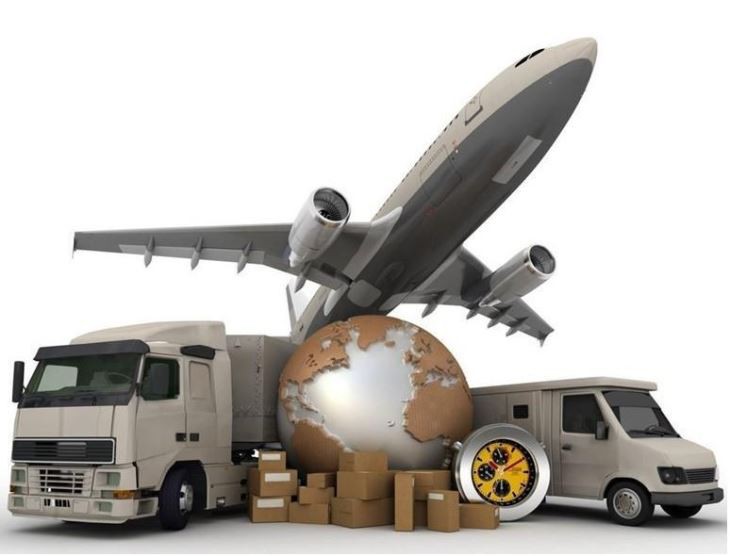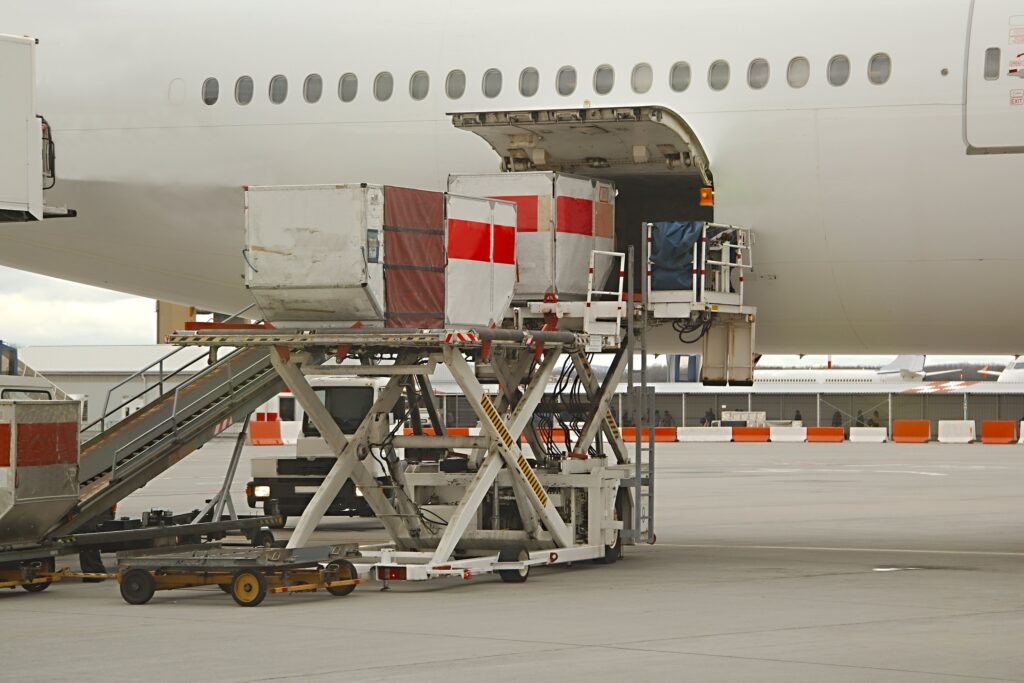Shipping medical equipment from China to Europe requires precision, reliability, and speed. The fastest way to ship medical equipment from China to Europe depends on urgency, cargo type, cost tolerance, and customs readiness. Since medical equipment often supports healthcare facilities and patient treatments, time-sensitive deliveries are vital for maintaining uninterrupted operations.
Why Fast Delivery Is Critical for Medical Equipment
Efficient shipping directly impacts patient care. Hospitals across Europe rely on Chinese manufacturers for ventilators, diagnostic tools, surgical instruments, and PPE. Delays can affect surgeries, hospital inventory, or regulatory compliance.
Moreover, due to stringent EU import standards, medical shipments must arrive quickly and intact. Thus, choosing the optimal transportation method minimizes supply chain disruptions and ensures temperature-sensitive goods stay within safety ranges.
What Is the Fastest Way to Ship Medical Equipment from China to Europe?
Without question, air freight remains the fastest and most secure option. Express air services like DHL Medical Express or FedEx Priority can deliver small and medium shipments within 2–5 days, while dedicated air cargo handles larger consignments in 3–7 days.
Comparison of Shipping Methods
| Shipping Method | Transit Time | Cost (USD/kg) | Suitable Cargo | Advantages | Disadvantages |
|---|---|---|---|---|---|
| Express Air | 2–5 days | 8–12 | Small/urgent items | Door-to-door, fastest | Expensive |
| Air Freight | 3–7 days | 6–10 | Bulk medical cargo | Secure, temperature control | High cost |
| Rail Freight | 15–20 days | 2–4 | Medium urgency | Lower cost, eco-friendly | Limited capacity |
| Sea Freight | 30–40 days | 0.8–1.5 | Non-urgent bulk | Cheapest | Very slow |
In summary, for life-saving or temperature-sensitive items, air freight is unmatched in reliability and speed.
How Air Freight Ensures Safety and Speed
Air freight provides multiple advantages for medical equipment logistics. Firstly, shipments move through temperature-controlled cargo holds, ensuring pharmaceutical and medical devices remain stable. Secondly, real-time tracking allows importers to monitor shipment status accurately.
Moreover, most major Chinese airports — Shanghai Pudong, Guangzhou Baiyun, and Beijing Capital — operate advanced cargo terminals connected to major European hubs such as Frankfurt, Amsterdam, and Paris Charles de Gaulle.
In addition, customs pre-clearance systems for medical goods enable faster turnaround times, reducing airport dwell time and preventing delays.
When Rail Freight Offers a Balanced Solution
Although slower than air freight, China–Europe rail freight provides a good compromise between speed and cost. It is particularly suitable for non-perishable medical devices, such as diagnostic machines or hospital furniture.
| Route | Terminals | Duration | Typical Cargo | Remarks |
|---|---|---|---|---|
| Chengdu → Lodz | Chengdu Intl Port / Lodz Terminal | 16–18 days | Medical equipment | Reliable route |
| Xi’an → Duisburg | Xi’an Intl Port / Duisburg Hub | 17–19 days | Imaging systems | Moderate cost |
| Chongqing → Hamburg | Chongqing Rail Port / Hamburg Terminal | 18–20 days | Beds, furniture | Cost-effective |
However, for sensitive materials like test reagents, vaccines, or implants, air transport is preferable because of precise environmental controls.
Required Customs Documents for Medical Equipment Shipping
Accurate documentation ensures smooth border clearance. Missing or incorrect paperwork can result in shipment detention.
| Document | Purpose | Required For |
|---|---|---|
| Commercial Invoice | Declares product details and value | All modes |
| Packing List | Describes dimensions and packaging | All modes |
| Certificate of Origin | Confirms manufacturing country | All modes |
| Import License | Required for EU medical imports | EU-bound |
| CE Certificate | Confirms compliance with EU safety | Medical devices |
| Air/Rail Waybill | Proof of shipment contract | Air/Rail |
Additionally, importers should verify product classification codes (HS Codes) before shipment to ensure proper customs categorization.
How Much Does It Cost to Ship Medical Equipment from China to Europe?
Shipping costs vary according to mode, destination, and cargo type. Below is a summary table:
| Mode | Average Cost (per kg) | Example | Transit Time |
|---|---|---|---|
| Express Courier | $8–$12 | DHL Medical Express | 2–5 days |
| Air Freight | $6–$10 | Standard Air Cargo | 3–7 days |
| Rail Freight | $2–$4 | Xi’an–Warsaw Route | 15–20 days |
| Sea Freight | $0.8–$1.5 | FCL/LCL Service | 30–40 days |
Other costs may include insurance, packaging, storage, and customs clearance fees. Therefore, obtaining a detailed quotation before shipping helps control logistics expenses.

Real-World Case Studies
Case 1: Shanghai → Frankfurt (Air Freight)
- Cargo: 2 tons of ventilators
- Transport Mode: Air via Lufthansa Cargo
- Transit Time: 5 days
- Cost: $6,800 total
- Result: Cleared within 24 hours; temperature maintained at 5°C.
Case 2: Shenzhen → Warsaw (Rail Freight)
- Cargo: Diagnostic machines (4 pallets)
- Mode: Xi’an–Warsaw rail route
- Transit Time: 17 days
- Cost: $4,200 total
- Result: Delivered on time; saved 35% compared with air freight.
Customs Clearance Tips for Medical Equipment
Efficient customs clearance starts with preparation. Here are key steps:
- Verify CE marking before export.
- Obtain import licenses for restricted items.
- Use experienced medical freight forwarders.
- Provide pre-clearance data electronically.
- Prepare translated documents if required by EU authorities.
Furthermore, bonded warehouses in Germany, Netherlands, or Belgium accelerate distribution across the EU after customs release.
Emerging Trends in Medical Equipment Logistics
Global medical logistics is rapidly advancing. Several emerging trends improve shipping speed and security:
- AI-powered route optimization to reduce delays.
- Blockchain verification ensuring shipment authenticity.
- Sustainable aviation fuels (SAF) for lower emissions.
- Real-time temperature tracking for pharmaceuticals.
- Predictive customs analytics minimizing border bottlenecks.
As a result, healthcare supply chains are becoming faster, greener, and more transparent.
How to Choose the Right Freight Forwarder
Selecting the right logistics partner guarantees reliability. Importers should:
- Confirm medical logistics experience.
- Ensure insurance and cold chain capability.
- Ask about real-time tracking systems.
- Review EU customs clearance expertise.
Moreover, forwarders with local European partners often provide shorter last-mile delivery and reduced handling times.
Conclusion
In conclusion, the fastest shipping medical equipment from China to Europe is by air freight or express courier. While sea and rail offer cost advantages, they cannot match the urgency required for critical healthcare deliveries. By selecting an experienced freight forwarder and ensuring full documentation, companies can achieve on-time arrivals, safe handling, and efficient customs clearance — supporting uninterrupted healthcare supply chains.
Request a Quote
Need a tailored solution for your shipping from China?
Let TJ China Freight Forwarder assist you with reliable, cost-effective service.
FAQs
Q1.How can I reduce transit time for shipping medical equipment from China to Europe?
Choose express air freight with pre-cleared customs to minimize transit time and ensure rapid delivery for urgent medical shipments.
Q2.What logistics documents should I prepare for medical exports from China?
Prepare a commercial invoice, CE certificate, packing list, and import license to comply with EU medical logistics documentation standards.
Q3.Are there cost-effective alternatives to air freight for non-urgent medical equipment?
Yes, China–Europe rail freight offers a lower shipping cost while maintaining steady delivery for non-temperature-sensitive medical equipment.
Q4.How can I track my medical shipment during international transit?
Use freight forwarders that provide real-time tracking and GPS updates for your medical shipment from China to Europe.
Q5.What customs procedures apply to medical equipment entering Europe?
Medical devices must meet EU import regulations, include CE marking, and undergo document verification during customs inspection.




